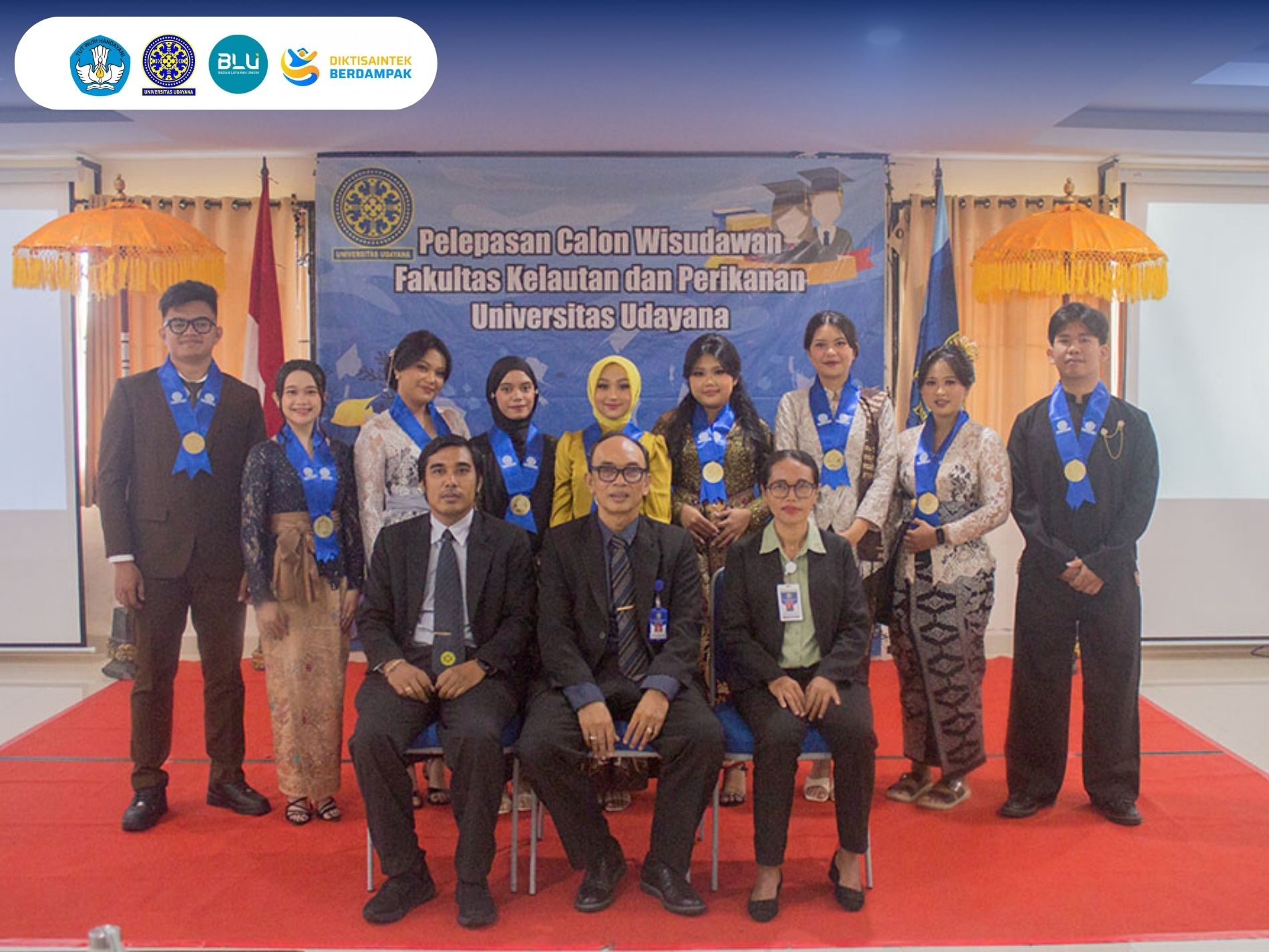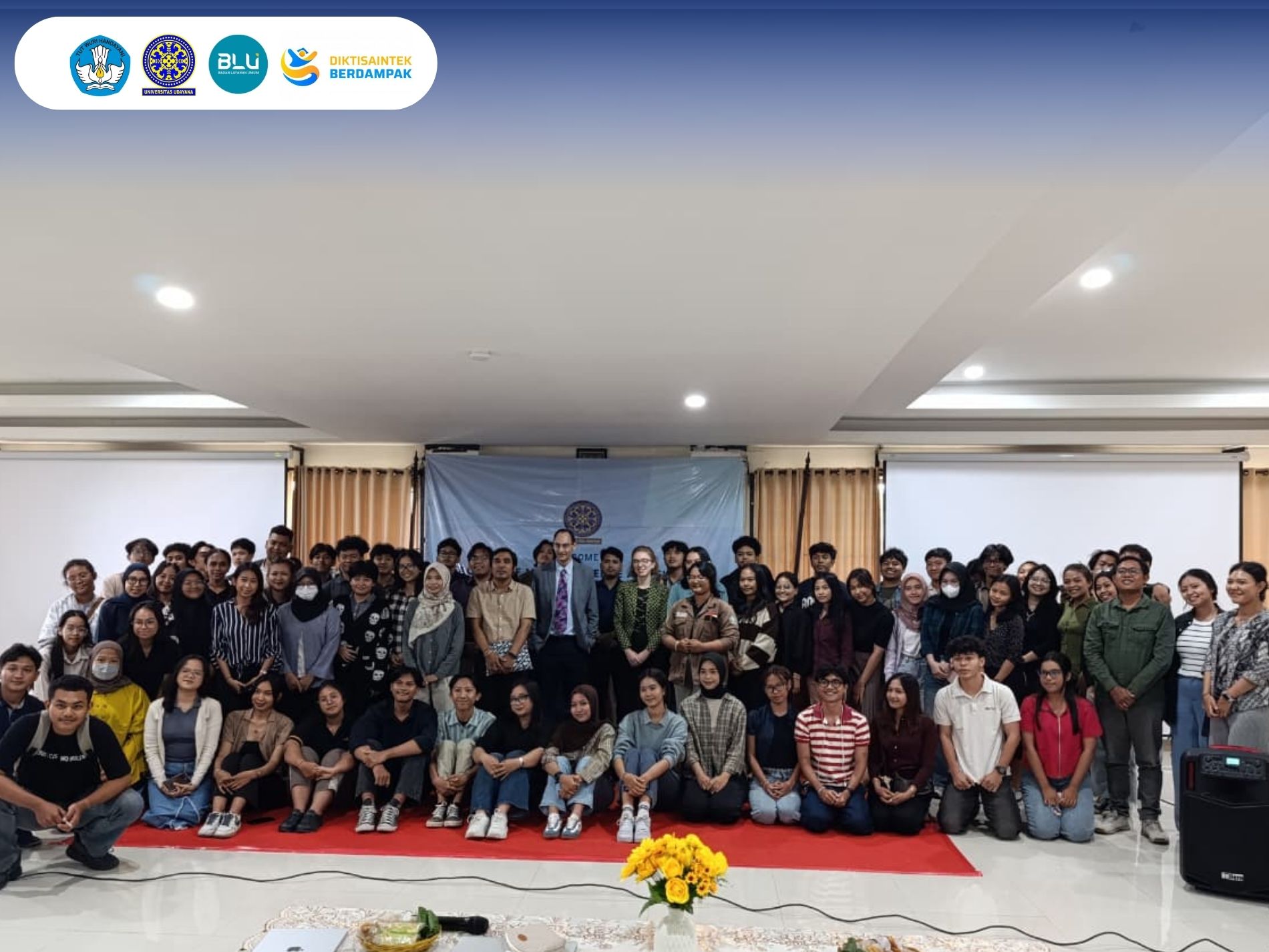Expert Field Group (EFG) Technology of Remote Sensing for Land, Coastal, and Atmospheric
Name of KBK : Remote Sensing Technology for Land, Coastal, and Atmospheric Monitoring
Head of KBK : Prof. Dr. Ir. I Wayan Nuarsa,
M.Si.
Brief Description of KBK :
The Remote Sensing Technology for Land, Coastal, and Atmospheric Monitoring Expertise Group (KBK) is a center for innovation and research collaboration focusing on the development of remote sensing technologies to support the sustainable management of natural resources. This KBK utilizes Earth observation technologies based on satellites, UAVs, and AI to understand the dynamics of land, coastal, and atmospheric ecosystems spatially and temporally. In the context of global climate change, this KBK serves as a driver for applied science to support Indonesia's journey towards Net Zero Emission by 2060, the implementation of the Sustainable Development Goals (SDGs), and contributions to global mechanisms like REDD+ and carbon offset initiatives.
Research Focus of KBK:
-
Monitoring land cover and ecosystem changes periodically in terrestrial and coastal areas
-
Mapping and analyzing coastal vegetation such as mangroves and seagrass using data-driven and machine learning approaches
-
Quantifying natural carbon stocks as part of national contributions to carbon emission control
-
Developing automation systems for classification and zoning of coastal resources and blue carbon
-
Creating spatial databases to support environmental governance, policy making, and public data transparency
-
Mapping the potential for carbon and ecological risks in supporting carbon budgeting frameworks, spatial planning, and ecosystem restoration
Contributions to Society, Business, Nation and State :
This KBK plays a strategic role in bridging scientific knowledge with practical interests in national and global development. Some of the main contributions include:
-
Providing accurate spatial data and information to support low-carbon policies and ecosystem protection
-
Offering scientific support to local and national governments in evidence-based policy making for conservation and emission reduction
-
Promoting collaboration with business actors in sectors such as tourism, fisheries, forestry, and real estate to implement sustainable development principles and environmental social responsibility (ESG)
-
Facilitating the involvement of local communities and coastal populations in monitoring and conservation activities based on open data
-
Becoming a strategic partner in the development of innovations and technologies that support carbon trading, green investments, and the achievement of SDG targets
Completed and Ongoing Research :
Ongoing Research : Quantification of Mangrove GPP across Bali using Multi-temporal Satellite Imagery
Completed Research :
- 1. Spatio-Temporal Variation Trends of Mangrove Canopy Cover in Urban Areas Using Landsat 8 Imagery and Implications of Management Policies: A Case Study of the Benoa Bay Mangrove …
- 2. Comparing Soil Erosion Rate Predictions Using USLE Method Based on Conventional and Remote Sensing Data Calculations
- 3. Geospatial Technology for Climate Change: Influence of ENSO and IOD on Soil ErosionEnhanced built-up and bareness index (EBBI) for mapping built-up and bare land in an urban area
- 4. Observation of spatial patterns on the rainfall response to ENSO and IOD over Indonesia using TRMM Multisatellite Precipitation Analysis (TMPA)
- 5. Maritime Continent rainfall variability during the TRMM era: The role of monsoon, topography and El Niño Modoki
- 6. Using variance analysis of multitemporal MODIS images for rice field mapping in Bali Province, Indonesia
- 7. Changes in Gross Primary Production (GPP) over the past two decades due to land use conversion in a tourism city
Roadmap and Future Research Plans :
In the next five years, the research roadmap for this KBK will focus on strengthening the integration of spatial science, smart technology, and public policy in the context of climate resilience and the sustainability of coastal resources.
Year 1 (2025):
-
Developing baseline ecosystem maps for coastal areas and blue carbon potential in strategic regions of Indonesia
-
Integrating field observation data, satellite imagery, and geographic information systems (GIS) for natural resource quantification
-
Initiating cross-sector collaboration models for sustainable spatial monitoring and validation
Year 2 (2026):
-
Developing automated species classification and coastal vegetation zoning systems based on artificial intelligence
-
Mapping spatial changes in natural carbon and ecosystem productivity in priority coastal areas
-
Developing blue carbon monitoring protocols adaptable to various conservation and cultivation areas
Year 3 (2027):
-
Integrating mapping results with strategic planning documents such as RPJM, KLHS, and coastal area zoning
-
Developing an interactive platform for open and real-time blue carbon data publication and visualization
-
Enhancing local government and community capacity in utilizing remote sensing data
Year 4 (2028):
-
Implementing regional planning models based on carbon potential and ecosystems to support the green development agenda
-
International collaboration on harmonizing blue carbon measurement methodologies in line with IPCC standards and SDG Monitoring Framework
-
Producing spatial data as the basis for carbon credit claims and offset schemes in regional and global carbon markets
Year 5 (2029-2030):
-
Launching the National Blue Carbon Observatory as a cloud-based spatial intelligence center for coastal carbon data
-
Providing policy recommendations and regulations to support carbon incentives and the protection of coastal ecosystems systematically
-
Preparing documentation of research results in the form of scientific publications, policy briefs, regulations, and intellectual property products
Research Outcomes (Journals, Haki, Products Beneficial to Society, etc):
- Spatio-Temporal Variation Trends of Mangrove Canopy Cover in Urban Areas Using Landsat 8 Imagery and Implications of Management Policies: A Case Study of the Benoa Bay Mangrove …
- Dynamic of upwelling variability in southern Indonesia region revealed from satellite data: Role of ENSO and IOD
- Surface manifestation characteristics of internal solitary waves observed by GCOM-C/SGLI imagery
- Carbon Stocks Dynamics of Urban Green Space Ecosystems Using Time-Series Vegetation Indices
- Coastal vulnerability assessment for the megacity of Jakarta, Indonesia under enhanced sea-level rise and land subsidence
- Growing urban tourism activities while increasing vegetation ecosystem service under land use changes pressure: A case study of Sanur, Bali, Indonesia
- Spatio-Temporal Annual Changes of Mangrove Vegetation Coverages in Porong Estuary Based on Sentinel-2 Imagery
- Annual characteristics of gross primary productivity (GPP) in mangrove forest during 2016-2020 as revealed by Sentinel-2 remote sensing imagery
- Comparing Soil Erosion Rate Predictions Using USLE Method Based on Conventional and Remote Sensing Data Calculations
- Geospatial Technology for Climate Change: Influence of ENSO and IOD on Soil ErosionEnhanced built-up and bareness index (EBBI) for mapping built-up and bare land in an urban area
- Observation of spatial patterns on the rainfall response to ENSO and IOD over Indonesia using TRMM Multisatellite Precipitation Analysis (TMPA)
- Maritime Continent rainfall variability during the TRMM era: The role of monsoon, topography and El Niño Modoki
- Using variance analysis of multitemporal MODIS images for rice field mapping in Bali Province, Indonesia
- Changes
in Gross Primary Production (GPP) over the past two decades due to land use
conversion in a tourism city
Research Team :
- - Prof. Dr. Ir. I Wayan Nuarsa, M.S
- - Abd. Rahman As-syakur, M.Si., Ph.D
- - Moh Saifulloh, S.P., M.Sc.
- - I Kade Alfian Kusuma Wirayuda, S.Kel., M.Sc.



UDAYANA UNIVERSITY